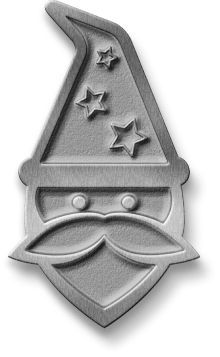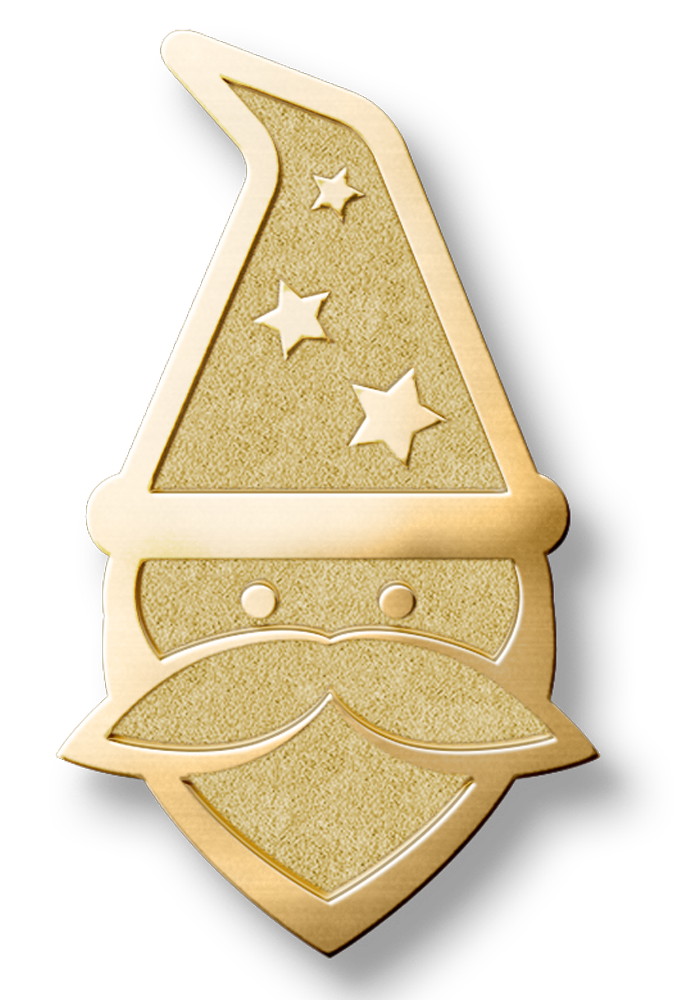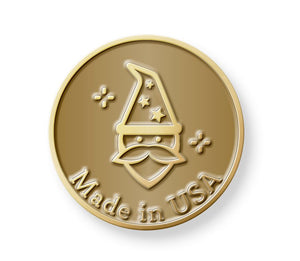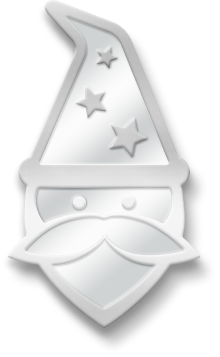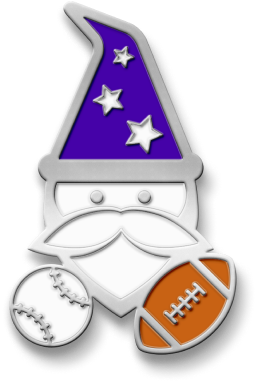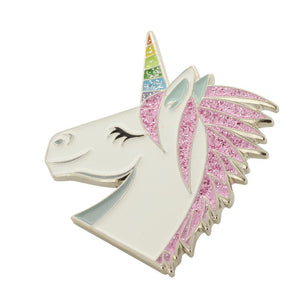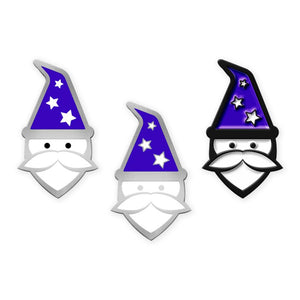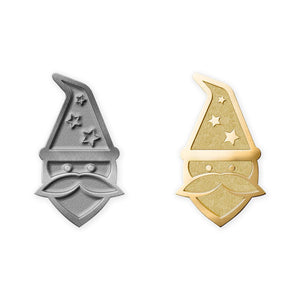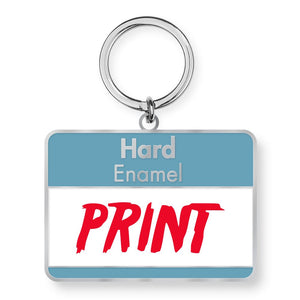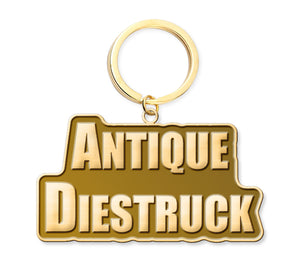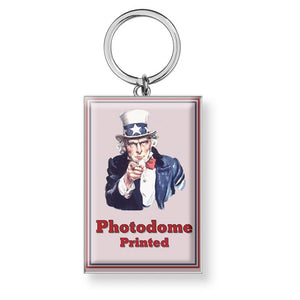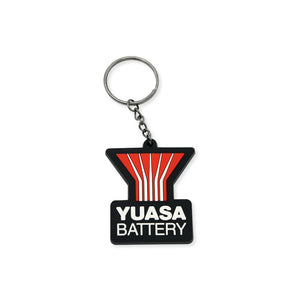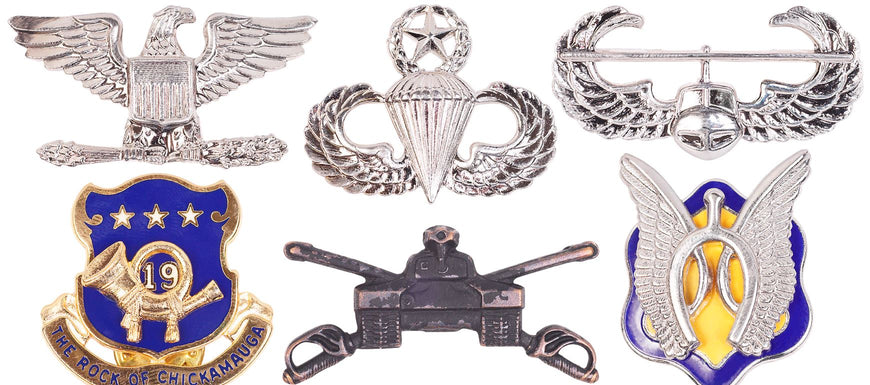Military badges and metal pins are often worn by service members to signify their current position or role within a certain assignment, while other pins and badges are worn on a permanent basis to signify the successful completion of an assignment or a job well done. Many of these metal pins and badges can be worn by individuals in any of the military branches, which includes the Army, Navy, Marine, Air Force, and Coast Guard, while others are branch-specific. These badges or metal pins are a wonderful way to display pride not only in individual accomplishments but national pride in the U.S. military. The ceremonial awarding of various military badges is a time-honored tradition that continues to inspire both members of the Armed Forces and civilians alike.
Military Service Badges: The Significance is in the Meaning, Not the Metal or Enamel Pins are Made of
There are badges dedicated specifically to each branch of the military, as well as badges received from The Executive Branch of the U.S. Government, The Department of Defense, the U.S. Space Force, The Department of Homeland Security, The Department of Health and Human Services, The U.S. Public Health Service Commissioned Corps, and the U.S. National Oceanic and Atmospheric Administration Commissioned Corps. Each department may award badges for different types of service or outstanding performance. Some of the most meaningful and significant awards are the Medal of Honor, the Purple Heart Award, and the Distinguished Service Cross. These all represent a great level of sacrifice and heroism. The Medal of Honor is often given posthumously, and to those that gallantly served on the battlefield. The Purple Heart is given to those injured or killed in battle, and the Distinguished Service Cross is given for great acts of heroism. No matter what they are made of, metal pins or custom enamel pins, the value isn’t in the material, but in what it represents to the person the custom pin was awarded to.
- What Are the Different Types of Military Ribbons?
- Highest Ranking US Military Medals
- Military Insignia: Stripes and Bars by Rank
- Understanding Military Medals and Honors
The History of Military Service Badges
The United States military badges date back to the Continental Army after George Washington requested a way to signify rank within the troops, since there was, more often than not, no money available for uniforms. The first single-service military awards were issued during the Spanish-American War, and the last of these were given for service in 1960 for the involvement and subsequent death of four pastors in World War II.
- History of Military Insignia
- The United States Army
- Military Badges: George Washington's Mount Vernon
- Military Awards and Decorations
The Use of Military Service Badges – Understanding the Rules Surrounding Custom Enamel Pins with Military Meaning
The general public, along with military members, is prohibited from using military badges or custom enamel pins with military meaning behind them that have not been officially issued and approved. Using military symbols on enamel pins is common in an attempt to show pride for a friend or family member, but it is important to know that guidelines prohibit incorrect use or any attempt to imply endorsement.
- Important Information and Guidelines About the Use of Department of Defense Seals, Logos, Insignia, and Service Medals
- Guide to the Wear and Appearance of Army Uniforms and Insignia
- Military Uniform Rules for Retirees and Veterans
What Military Badges Signify
Badges in all branches of the military can be given as a recognition of heroic acts of bravery during peacetime or war. These badges can symbolize standout service during flight, ground, or sea services, and can also indicate service during a specific conflict. Some badges are given to individuals for their acts while others are given to entire units.
- Military Medals and What They Mean
- 7 Military Medals: Their Metals & Meanings
- 8 Military Unit Insignia and Their Meanings
Military Pins
Active military, both off and on duty, as well as retirees or other former service members, must follow certain guidelines when wearing any type of pins or badges on their uniform. There are also certain guidelines regarding how to wear some of these pins with civilian clothes. While the correct placement of pins is required on uniforms and the wearing of these uniforms is required for certain events while on active duty, many retirees and former military service members wear them for ceremonial and social occasions. Funerals, weddings, and military functions are some of the most common occasions for which someone who is no longer active duty will wear their uniform and the accompanying pins. Typically, if wearing civilian clothing, military pins can be worn on the lapel of a jacket. It is important to wear these pins correctly to honor their history and significance.




